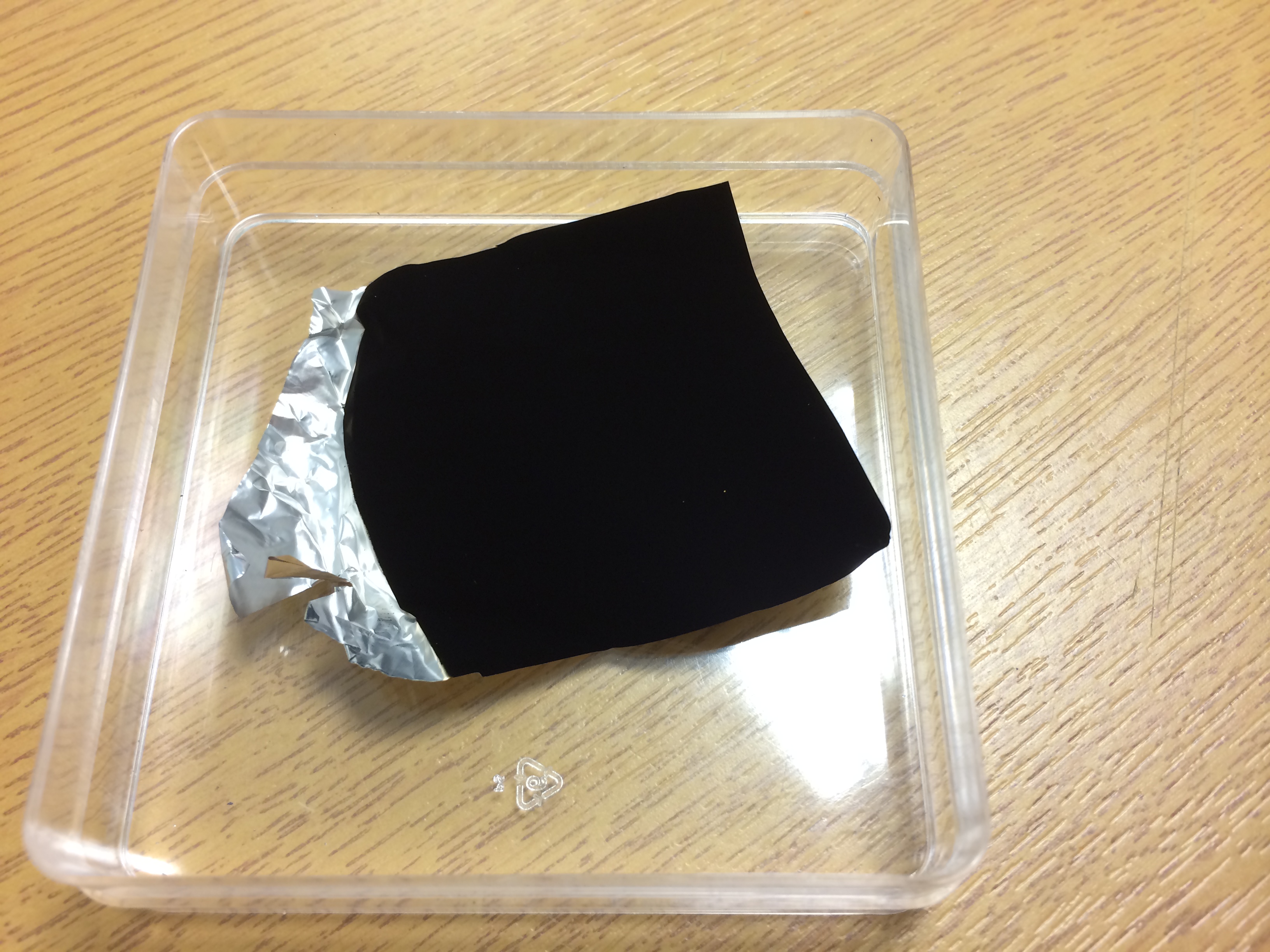The number of satellites in orbit, especially in low-Earth orbit, has massively increased in the last decade. This has brought an increase in brightness across the surface of the Earth, meaning there are places on the planet experiencing light pollution for the first time because of it. This is a threat to the natural nocturnal environment, and it’s challenging for astronomy. Scientists have a bold plan to reduce future harm: Enter Vantablack.
There are more than 8,000 satellites in low Earth orbit, out of the 13,648 objects (at the time of writing) catalogued by the United Nations Office of Outer Space Affairs. Most of them are SpaceX’s megaconstellation Starlink. The sharpest observatories can see the effects of individual satellites, but the shiny objects above our heads brighten the night sky as a whole. One idea to combat this is to paint satellites with highly light-absorbing materials.
Vantablack is probably the most well-known of a class of ultra-black paints dubbed the world’s darkest material. Vantablack paint can absorb almost all the visible light that hits it – the latest version is up to 99.965 percent, similar to birds of paradise feathers. Since its creation in 2014 by Surrey NanoSystems, it has been used in both technical and artistic applications (with some controversy). Now, scientists from the University of Surrey have teamed up with Surrey NanoSystems to see how one version of it, Vantablack 310, which absorbs about 98 percent of light, copes with the space environment.

Painting an object with Vantablack makes it absorb almost all the light that hits it. It’s like looking into a void.
Image credit: Surrey NanoSystems
The Joint Universities Programme for In-Orbit Training, Education and Research (JUPITER) is launching the Jovian 1 mission next year, a shoebox-sized CubeSat with one side painted with Vantablack 310. The goal is to test how well the paint does as a hull darkening solution.
“Studies show that satellite mega-constellations could increase sky brightness by up to 1% in the worst-affected regions, posing a serious threat to astronomical observations and dark sky preservation,” Astha Chaturvedi, Postgraduate Research Student at the University of Surrey, said in a statement.
“Our project directly tackles that challenge by exploring innovative ways to reduce satellite reflectance. It brings together key areas of Surrey’s expertise — astrophysics, space engineering, and nanotechnology — with Surrey NanoSystems, which itself spun out of the University’s Advanced Technology Institute.”
Astronomers have been sounding the alarm for years about how the unregulated launch of megaconstellations will alter the night sky forever. The International Astronomical Union passed a resolution last year to protect the dark and quiet skies. If this Vantablack lives up to the claims, this could be a very advantageous solution.
It is currently projected that the number of satellites in space will more than quadruple by 2030, so a solution to reduce the harmful impact on astronomy and protected dark skies areas caused by megaconstellations is needed sooner rather than later.
Source Link: How Vantablack – The Blackest Paint On Earth – Could Save Astronomy